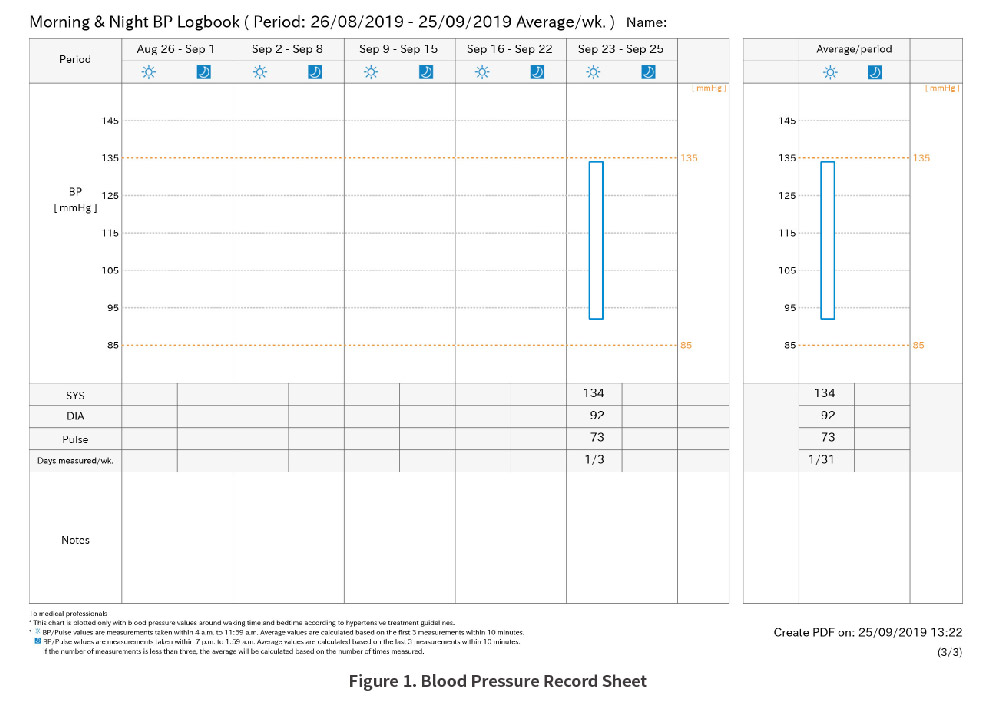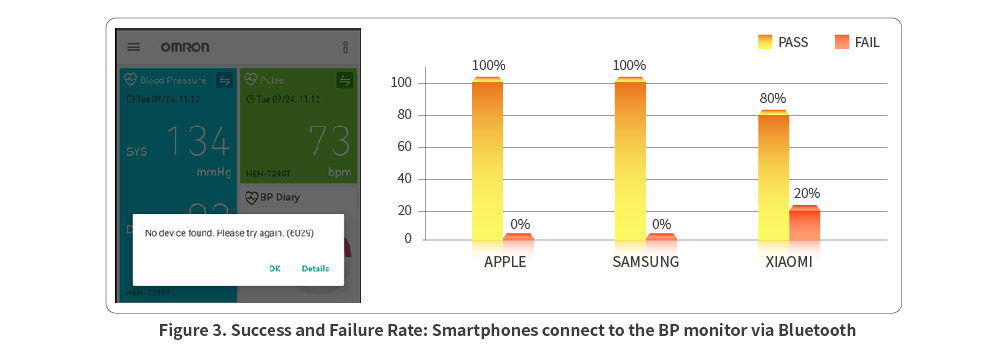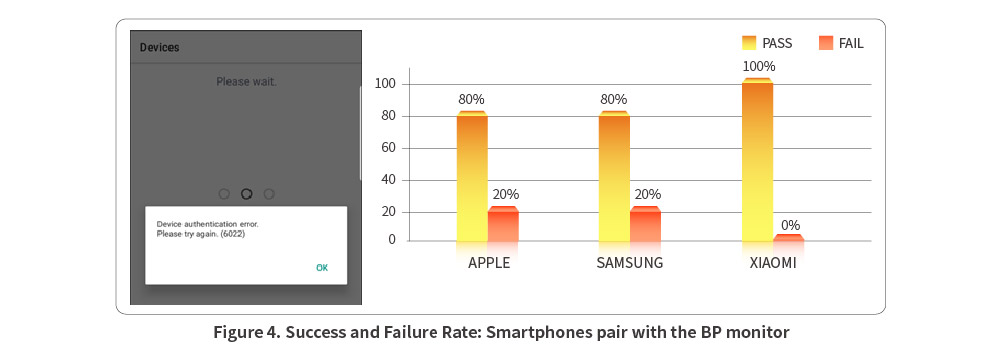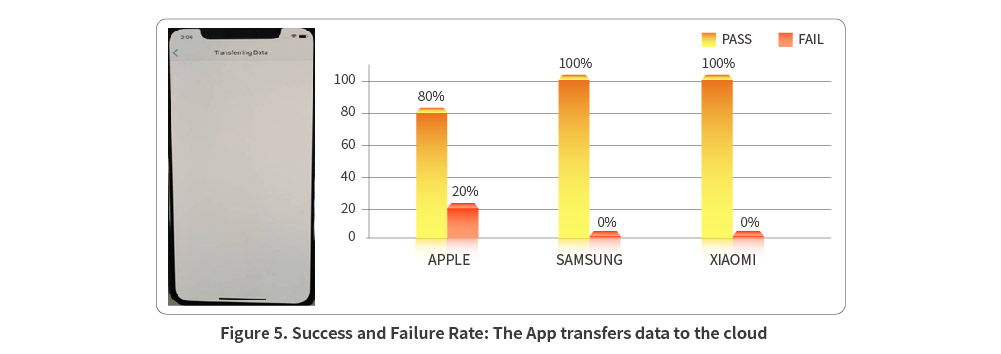Allion Labs / Henry Hung
Fluctuating blood pressure often signals health problems. For older adults and patients with hypertension, it is even more important to monitor and track their blood pressure regularly. Thus, many doctors and experts suggest that people at higher risk should buy blood pressure monitors to check their blood pressure at home.
There are two types of blood pressure monitors: manual and digital meters. Manual meters, including mercury and aneroid manometers, are used in conjunction with a stethoscope. Since taking a blood pressure manually is relatively complicated, manual meters may not be the best choice for non-trained users.
Digital meters use sensors to measure systolic pressure, diastolic pressure, and pulse rate. Compared with manual meters, digital meters are more suitable for at-home use because the procedures are easier to follow and the blood pressure reading is more intuitive. Using either manual or digital blood pressure meters, users need to find a piece of paper to write down the measurement result—it is just not convenient enough.
With the application of smart digital blood pressure monitor, data management has become much easier. Users only need to measure their blood pressure at fixed times, and they can check the blood pressure changes on their smartphone anytime, anywhere.

What’s wrong with the devices?
*Note: According to the Regulations for Governing the Management of Medical Device promulgated by the Ministry of Health and Welfare, Allion does not have the qualifications to conduct medical device inspections. The accuracy of blood pressure measurement will not be discussed in this article.
Ideally, smart BP monitors are designed to bring more convenience. However, smart BP monitors may not be as smart as what users expect. Here are the five most common customer complaints of smart BP monitors:
- Blood pressure monitor doesn’t pair with smartphones via Bluetooth®
- Device pair failure
- APP operation failure
- Do not sync data wirelessly
- Do not record results automatically
Negative online reviews indicate that users might have bad user experience. Bad user experiences can lead to a negative brand perception and even damage the brand reputation. To define and tackle the right issues, in this case study, we took Omron Automatic Blood Pressure Monitor HEM-7280T, one of the most popular brands on the market, to learn what kind of problems users may encounter when using the digital device.
For the test setup, we aim to recreate user-behaviors and environments in real-life scenarios. We used different phones and APs to connect with the DUT (in this case the OMRON digital BP monitor) for testing (Please see Figure 2).

Real-world Scenario Test: What are the potential risks that might affect user experience?
First of all, we need to download the OMRON App on smartphone for operations. The App keeps a record of users’ blood pressures, which are stored on the cloud. Based on our test results and the negative feedback collected from users, we found out four issues that frustrate users the most.
1. “No Device Found” after changing the battery or resetting
We used four AA batteries to simulate the situation in which the battery of the tested smart BP monitor runs out right after BP is taken. After changing the battery, we discovered that one out of three smartphones failed to connect to the BP monitor via Bluetooth®, causing the “No Device Found” message.

2. Authentication errors occur when removing or adding devices
When we tried to remove and add new devices onto our phones, there were device authentication errors. For the three phones that we used to test the DUT, two of them had such issues.

3. Can’t read the BP Diary after switching to another device
Theoretically, users are supposed to read the BP Dairy wherever and whenever they need. However, when users switch to a new BP monitor and don’t have their old BP monitor at hand, they can’t get access to the BP diary stored on the cloud. One out of three smartphones got stuck on the transferring data page.

4. Can’t read the BP Diary because the smartphones fail to connect to Internet
Users must connect to the cloud to see the BP Diary. As Figure 6 shows, the tested iOS phone fails to connect to the D-Link AP. Other smartphone/AP combinations can successfully connect to the Internet and transmit the data to the cloud.

Omron Automatic Blood Pressure Monitor HEM-7280T highlights features such as Bluetooth® pairing and cloud backup. Users do not have to record their BP in writing anymore. Although one problem gets solved, new issues arise. For example,
- Mobile devices sometimes fail to find or pair with the BP monitor (Issue 2).
- Certain smartphone/ AP combination can’t sync data to the cloud (Issue 4).
- The latest BP data can’t be transferred to the App if the BP monitor battery runs out after users just measure their BP (Issue 1).
Allion’s test results are consistent with the common customer complaints. If vendors want to get better product reviews, they should clear up the abovementioned problems as soon as possible. However, an even better solution is—Implement Allion’s customized testing and consulting services for smart healthcare before launching the product to the market!
Allion’s Customized and Integrated Solutions for Healthcare Gadgets
With the rapid development of IoT technologies, many smart health devices are introduced to the world. In addition to smart BP monitors, other smart gadgets, such as blood glucose meters and heart rate belts, might also face similar challenges. Allion has accumulated rich experience in testing and conducting IoT product risk assessments for decades. Based on different product features and positioning, we design functionality, compatibility, and scenario tests that suit our clients’ needs best.
The related tests are listed below:
- Mobile Phones and App Compatibility Test
- App Usability Test
- Network Stability Test
- Bluetooth® Stability Test
- Functionality Test
- User Experience Assessment

































